Google has updated the version distribution numbers for Android by platform, a tool that helps developers figure out what most Android users are on to help them target development more efficiently. The story? Well, not much has changed.
The latest version of Android — Lollipop — is still nonexistent. We thought we might see it eek onto the chart after a few months of updates and more people buying the latest Nexus devices, but it’s still accounting for less than 0.1% of the overall market share.
It might sound bad, but there’s not much to worry about. The only devices which have received the upgrade to Lollipop on a wide-scale basis are the Moto X, Moto G, Google Play Edition and recent Nexus phones. That crowd of folks is a lot smaller than the millions more people with Galaxy S5s and LG G3s and the like. The upgrade has gone out to those handsets in some parts of the world, but only in very limited capacity.
You may recall that Ice Cream Sandwich, Jelly Bean and KitKat also got off to slow starts in their quests to break out, and now they combine to make up a vast majority of the overall Android user base. All of that is to say there’s nothing to worry about — Lollipop will be along shortly, and once the ball gets rolling it won’t stop.
One other interesting tidbit to take away here is that Froyo is still alive, even if only barely. It has 0.4% of the pie. Combined with Gingerbread’s 7.8%, legacy Android is still nearly 1/10th of Android’s overall install base. Good or bad? That depends on how you look at it, but as long as those numbers continue to fall with each passing day we can’t say it matters much.
Lastly, KitKat is growing, which is a good sign that more and more manufacturers are making it a point to get their users up to the latest version of Android possible. The problem? When they finally do get KitKat, they’re going to start wanting Lollipop. And the neverending cycle of update madness continues well into the new year. The full numbers can be found at the jump.
[via Android Developers]

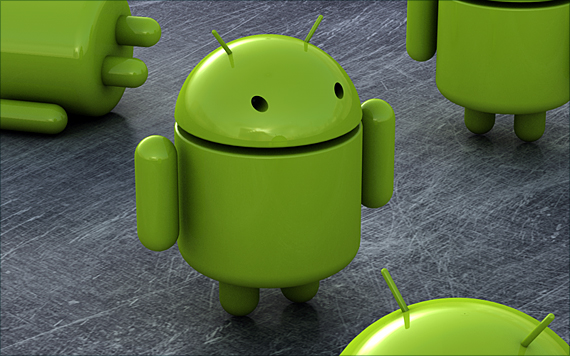
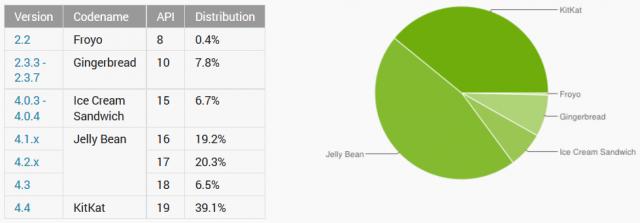
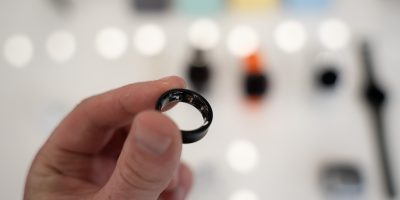
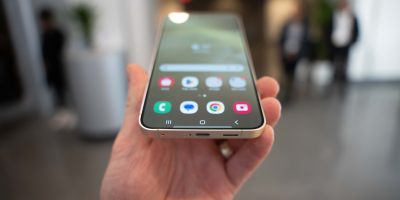
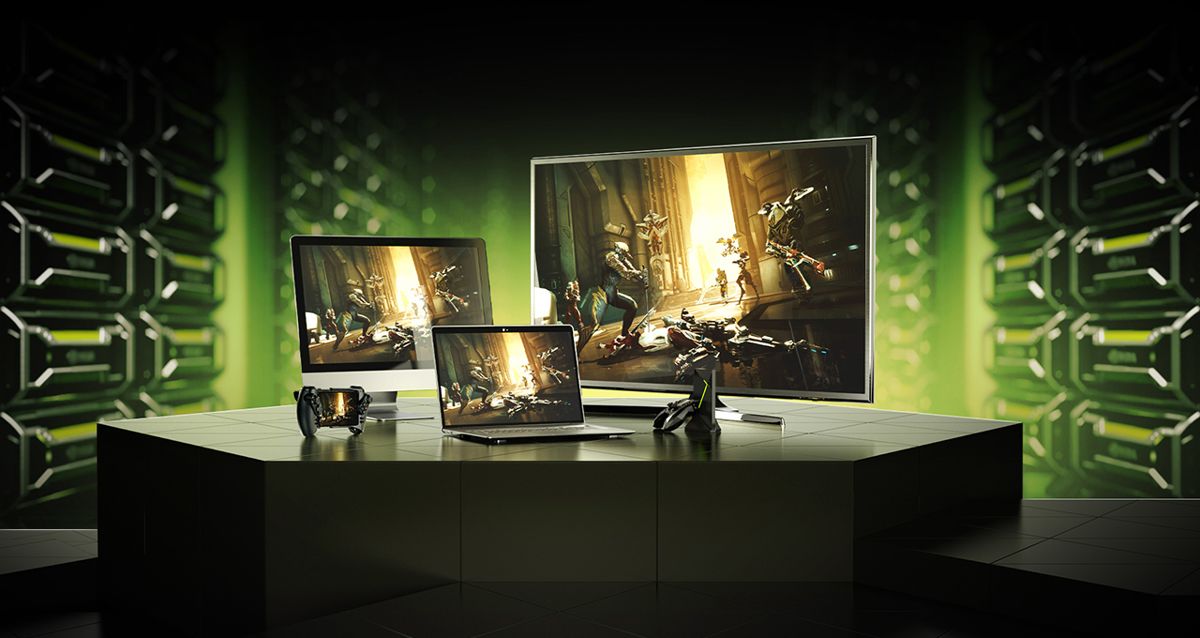


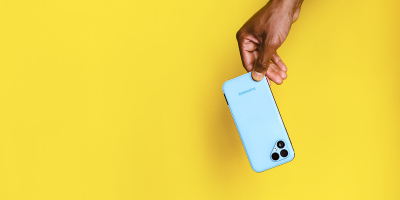
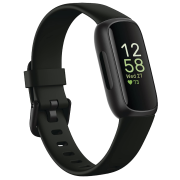
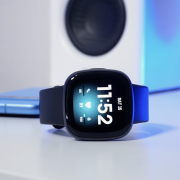


And user My Name is… tried to tell me this rollout wasn’t as slow as the prior ones….SMH.
I do hope to see it soon. I think the problem is that even though 5.0 and other versions are available for Moto X, carriers have not released it to the phone. There is delay, and there are really only a handful of devices that have it.
Moto X Pure Edition (not as many of these out there as you may think)
HTC One M8 GPE
Nexus devices
That is it. I hope it starts getting onto these other devices soon.
I still use ICS as my daily driver…. no joke.
What phone are you hanging on to?
heavily rooted and hacked and ROMed SGS3 that works perfect so no reason to F with it – especially since I’am phone shopping in Q1. But I do use 4.3 on my tablet.. meh no big deal or difference IMHO. But I look forward to 5.0 on my new phone: SGS6 or maybe Z4 or maybe HIma/M9.
Samsung updated the S3 to Jellybean. They may have even moved up to Kitkat. It definitely was updated past ICS though.
“That crowd of folks is a lot smaller than the millions of people with Galaxy S5s and LG G3s and the like.”
What a coincidence, these two devices’ updates to Lollipop are already rolling out.
I always wondered how large Nexus community is. If only Google published N4, N5, and N7 sales figures.
I got my Moto X just before Christmas and it shipped with lollipop. Do other Moto owners not have lollipop?
still waiting for 5.0 on my Moto X 1st gen.
Goes to show how well those Nexus 6 and 9 devices are selling.
But Nexus owners looooooove to preach the awesomeness of the Nexus “concept”. Utter nonsense it turned out to be when you honestly look at it. Just didn’t really pan out to be all that awesome.
I’m running Lollipop on my N4.
Nexus owners are some of the more elitist Android users. Honestly for all the updates they get, their phones are super buggy. I haven’t seen a phone where an update bricks the cellular capabilities along with mobile data or introduce extraordinary bugs. Yawn on Nexus devices. They better let me know when they can actually multi-task better than the Galaxy Notes.
Why yes, I will go right ahead and paste in what I said last month… I will say that the text this month at least introduces the idea of nuance, so we’re getting somewhere!
——————————–
This monthly discussion misses all sorts of nuance. I have an old gingerbread phone that we run a white noise app on for my baby overnight and during naps. It checks into the play store for updates, it’s part of the [quote from last month] “unfortunate” 9%…do we think it would be better if I threw that phone in the trash?
Do phone manufacturers update their devices too slowly? Yeah, but this chart isn’t just about that, it’s also a testament to the durability and longevity of devices. Not everyone wants to or can upgrade every 18 months, and the fact that their device still works as it did when they bought it is a GOOD thing. And plenty of us repurpose out old phones, which is ALSO a good thing.
If android is at least partially about choice, some of those choices will result in older OSes in the wild, and that’s OK.
The CONCERNING nuance you forget to mention is the Fact that some OEM’s tend to get stuck in certain older versions of android. like right now if you buy a sub $200 tablet your almost definitely going to get some version of jellybean and maybe if your savvy kit kat but you’ll never get an update and that’s where the stagnation comes in. Hell I still see fresh from the conveyor belt ICS devices for sale which isnt testament to the os Or devices longevity more like a testament to profit margins and how expensive an android update really is, Cuz without a major labels flagship device your pretty much stuck with whatever os came with your device unless you feel like spending your free time troubleshooting some other code butchers mess or paying hundreds of dollars for just an update. Just for comparison my iPhone 3GS got updates all the way up to ios 7…although not all new features were supported it was still awesome knowing my phone was still relevant even 4 years later.
I think you’re right that some OEMs really drop the ball and I think there is something to be (ideally) solved there… Your (justified) rant is the explanation for why so many at ICS and JB… that said, the people using Froyo/Gingerbread devices at this point aren’t that group.
I’ll also say that comparing an old flagship (3GS) to a low-end Android isn’t really a very reasonable comparison. Yes Apple supports flagships longer than Samsung or LG does and yes I think Android OEMs could and should do better, but on the flipside, Android OEMs do actually provide low-end devices using (approximately) modern hardware and software, which is ALSO one of the benefits of the (more) open system.
I agree with you (and claim that in turn you agree with me) that the OS distribution conversation deserves delving into the nuance of the situation. Simply looking at how much of the (shudder) pie chart is “newest” is not the best way to understand the state of the market; is obfuscates some real victories AND concerns about the Android hardware ecosystem.
Carriers, why you no use less bloatware? (Sorry, too lazy to make meme).
KitKat is legacy Android making 99.9% of the user base obsolete.